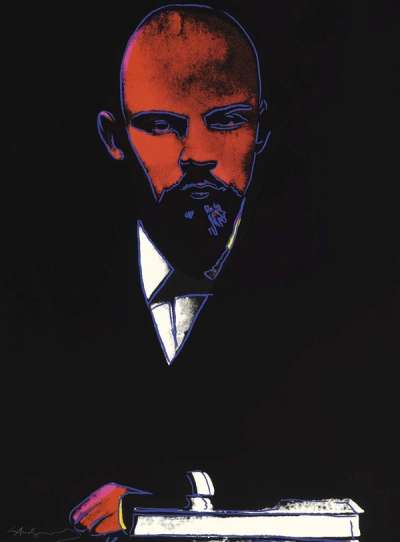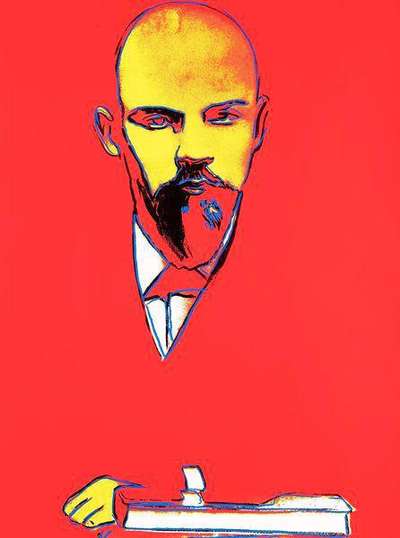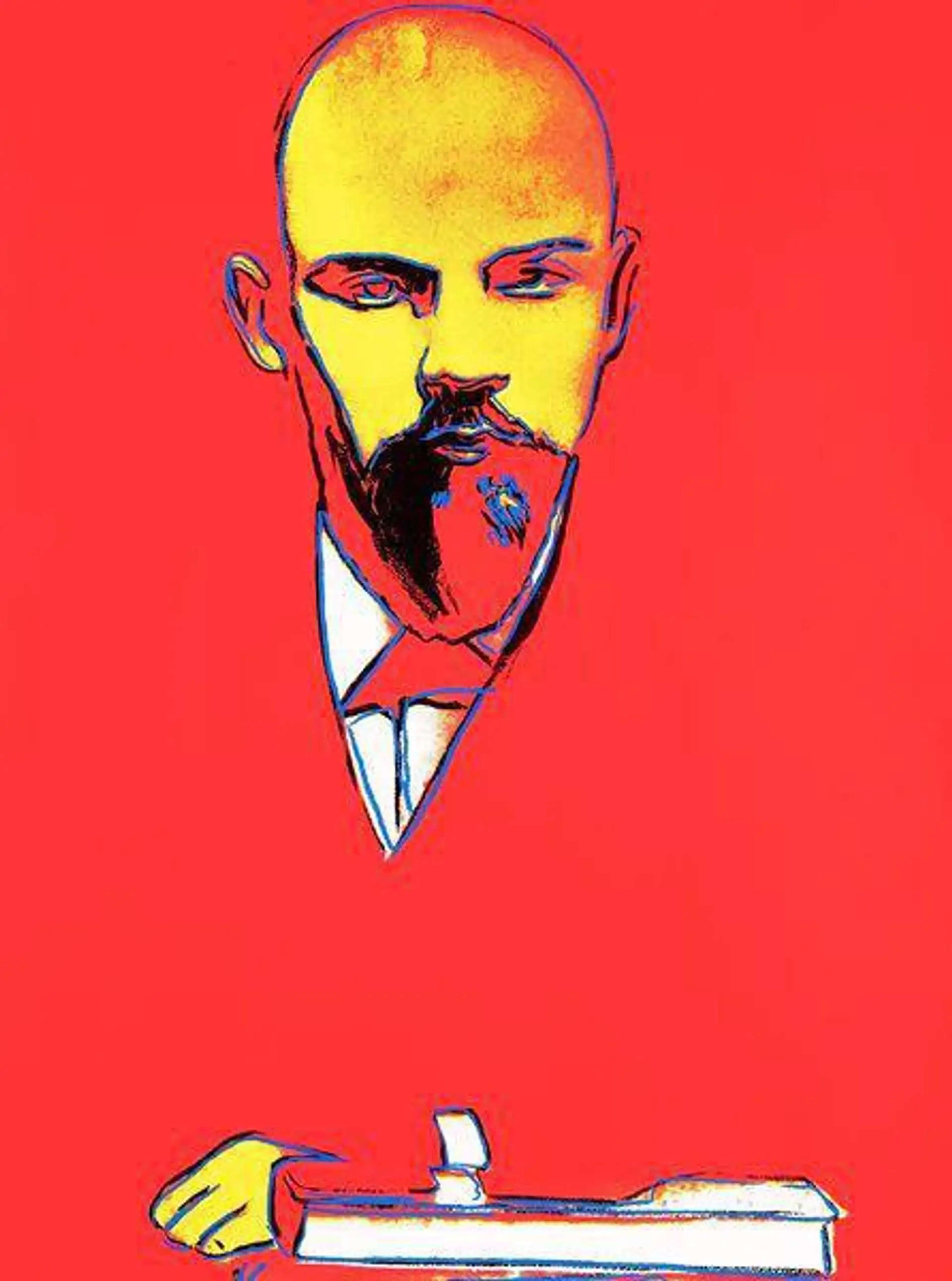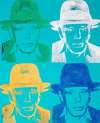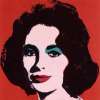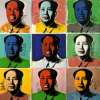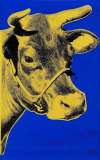Lenin
Portraying one of the most important political figures of the 20th century in a series of two screen print editions of 120, Andy Warhol’s Lenin (1987) shows the Russian Revolution leader in two ominous colourways: a yellow portrait on a Communist red background, and drenched in red amid a black backdrop.
Andy Warhol Lenin for sale
Sell Your Art
with Us
with Us
Join Our Network of Collectors. Buy, Sell and Track Demand
Meaning & Analysis
Portraying one of the most important political figures of the 20th century, Warhol’s Lenin series shows the Russian Revolution leader drenched in red. Though the red version is the most well known the black is also highly sought after by contemporary collectors.
Beginning with a publicity shot of Marilyn Monroe, Warhol first began experimenting with creating celebrity portraits in the medium of screen printing in 1963. He showed a predilection for beauties such as Marilyn, Elizabeth Taylor and Jackie Kennedy while also portraying male icons such as Elvis Presley and Mick Jagger. While his initial attraction was to fame and fortune, and though he tended to cultivate the image of the shallow artist, Warhol occasionally strayed into the world of politics, choosing to create portraits of Chairman Mao and JFK as well.
Created in 1987, just months before Warhol’s untimely death from surgical complications, the series marks a maturity in the artist’s work. Gone are the poppy overlays of contrasting colours that can be found in the Marilyn or Ingrid Bergman series, instead here the colours are restricted – though not restrained in tone – to a few, lending the work the air of the mass produced political posters that made Lenin into a revolutionary figure.
It is also possible Warhol decided to paint Lenin for purely aesthetic reasons. In the most famous version the red of the ground and Lenin’s suit are contrasted with the bright yellow of his face and the blue of the drawn outline that contours his famous features. Similarly, the black version sees Warhol giving the Russian leader an orangey red face and hand, again highlighted by blue contours. In both Lenin has a foreboding look, his authority further emphasised by the bold colours and the positioning of his hand on a book.
